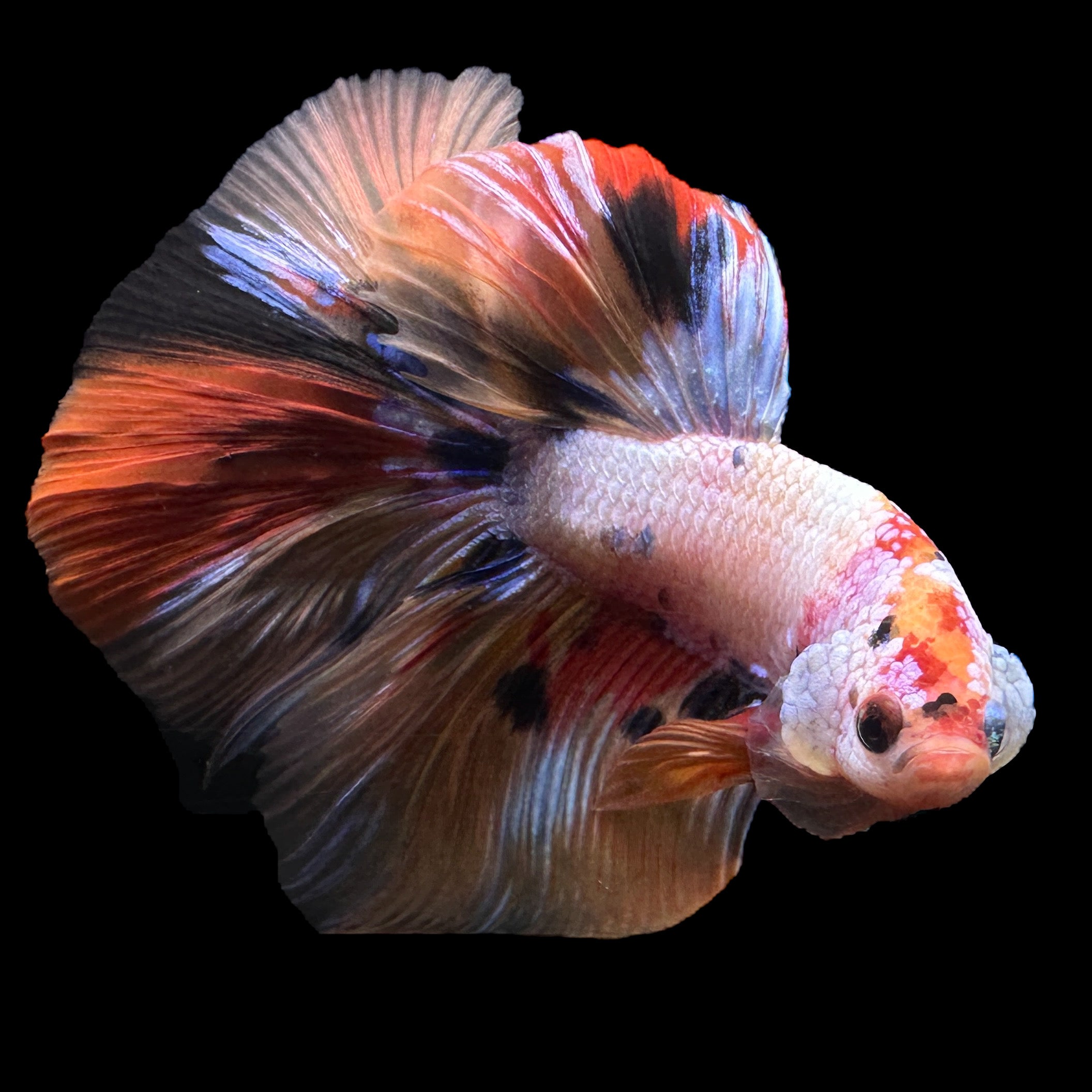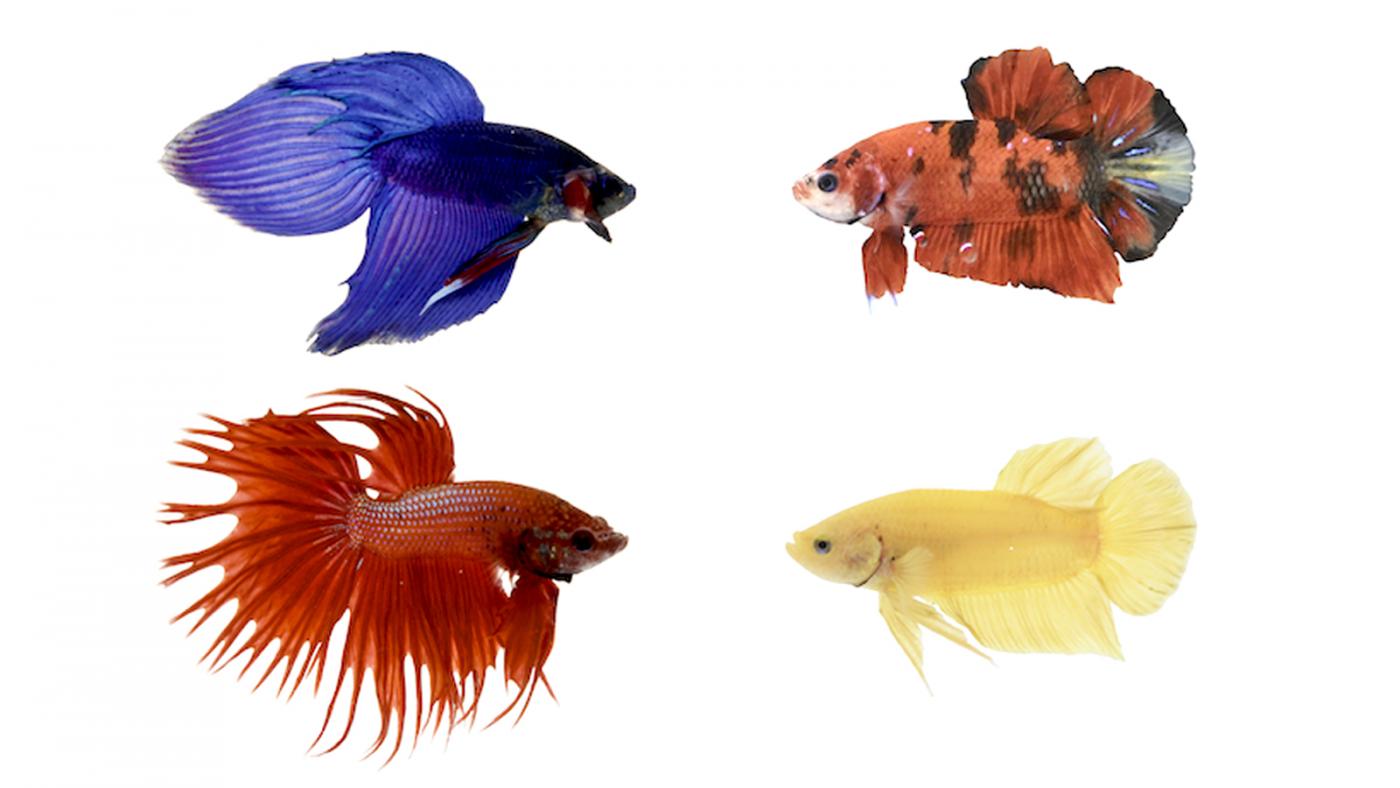Breeding Betta Fish: a Comprehensive Step-By-Step Overview to Successfully Raising Infant Bettas From Eggs to The Adult Years
Breeding Betta fish is a meticulous endeavor that requires mindful preparation and execution to make sure the effective development of fry from eggs to grow fish. Choosing genetically diverse reproduction sets with preferable characteristics is just the start; creating an optimal atmosphere and understanding the complexities of the reproducing process are just as essential. As the male Betta faithfully constructs a bubble nest and guards the valuable eggs, the succeeding stages of care and shift need attention to detail and expertise of best practices. Exactly how does one browse the tough yet rewarding course of supporting these vivid creatures to adulthood?

Choosing Reproduction Pairs
When embarking on the journey of breeding Betta fish, picking the ideal breeding sets is vital to achieving preferable qualities and a healthy and balanced family tree - betta fish. The very first step in this procedure is to identify the certain traits you want to boost or preserve, such as color, fin kind, and body form. It is crucial to pick genetically varied pairs to stay clear of inbreeding, which can bring about wellness issues and unwanted characteristics
Assess potential reproducing prospects thoroughly. A healthy male Betta should show dynamic colors, an energetic disposition, and well-formed fins, while the woman needs to additionally present dynamic pigmentation and a rounded stubborn belly, showing readiness for spawning. Observing the temperament of both fish is important, as aggressive or extremely reluctant individuals may not reproduce effectively.
Keeping records of the parent fish's origins can help you track hereditary traits and potential issues. Eventually, investing time in the option process will significantly boost the possibility of generating solid, lively spawn that fulfill your reproduction goals.

Preparing the Breeding Storage Tank
Developing an optimal breeding setting is a key action after picking ideal sets for Betta fish. The breeding tank should be especially made to supply convenience and promote the natural reproduction habits of the fish. Beginning with a tank dimension of a minimum of 10 gallons to guarantee appropriate room for both the male and female Bettas.
Keep a gentle filtering system to keep the water clean while avoiding solid currents that can emphasize the fish. Additionally, an air stone can be included to offer oxygenation without disrupting the water surface area excessive.
Temperature level regulation is crucial; go for a steady variety of 78-82 ° F(25-28 ° C) making use of a trusted heating system. The pH degree should be maintained in between 6.5 and 7.5, and regular water changes are essential to make certain high water quality.
Include floating plants or generating mops to create hiding places for the female, while additionally encouraging bubble nest building by the male - betta fish. Lastly, make certain the storage tank is without sharp designs and any kind of possible risks, as the well-being of the fish must constantly be focused on throughout this vital stage of reproduction.
The Reproduction Refine
Typically, the reproducing procedure for Betta fish involves a series of unique and evident actions that suggest preparedness for reproduction. The male Betta begins by building a bubble nest at the water's surface area, which acts as a site for the fed eggs. This nest is crucial, as it gives a secure atmosphere for the eggs until they hatch.
When the nest is established, the man will display courtship actions, such as flaring his fins and my site exhibiting vibrant colors to bring in the female. The female, upon picking up the man's readiness, will certainly react by presenting upright red stripes along her body, signifying her receptiveness.
The fertilized eggs then fall to the bubble nest, where the male thoroughly gathers and returns them to the nest. Following this, the male presumes duty for securing the nest and making sure the safety of the eggs until they hatch, commonly within 24-36 hours.
Caring for Betta Fry
Caring for Betta fry needs careful attention to their setting and nutrition to ensure healthy and balanced development and advancement. After hatching out, More hints Betta fry are exceptionally small and at risk, necessitating a stable and clean habitat.
Feeding Betta fry is just as vital. Originally, they must be provided infusoria or finely smashed high-quality fry food, as their mouths are as well tiny to manage larger bits. As they expand, you can gradually introduce larger foods, such as infant brine shrimp or powdered flakes, to guarantee they get appropriate nourishment. Feed them small quantities a number of times a day, being cautious not to overfeed, which can cause water quality problems.
Transitioning to Adult Bettas
As Betta fry fully grown, transitioning them to adult Bettas is an important stage that requires cautious administration of their setting and social interactions. This process generally begins when the fry reach around six weeks of age, at which point they can be gradually presented to an extra structured living environment.
To promote this shift, it is necessary to guarantee that the water parameters-- such as temperature, pH, and ammonia degrees-- are ideal and steady. Grown-up Betta fish thrive in warm water (around 78-80 ° F) with a pH of 6.5 to 7.5. Slowly acclimate the fry to these problems to minimize tension.
Social interactions are one more crucial factor; male Bettas are infamously territorial and aggressive. It is suggested to separate males right into individual tanks as they grow. Women Bettas can be housed with each other, yet navigate to these guys care needs to be required to monitor for signs of aggression.
Furthermore, dietary changes must be made as the fry expand. Integrate high-quality pellets and live foods to sustain their development and health and wellness. By handling these elements effectively, you can advertise a successful shift to their adult years for your Betta fish.

Verdict
Effective breeding of Betta fish needs careful focus to information throughout the entire procedure, from selecting genetically varied sets to giving optimal take care of fry. By ensuring appropriate breeding conditions and keeping water top quality, the possibility of healthy spawn boosts substantially. In addition, a balanced diet and gradual adjustment to adult environments are critical for the growth and growth of Betta fish. Adhering to these steps vigilantly fosters a thriving populace of Betta fish, enhancing both their health and vigor.